Canon 16-35 f4 L IS - A Review In Progress
This is a new introduction into Canon's stable of glass. For a number of years now, it's been a common wish in photography forums for Canon to release a decent Ultra-Wide Angle lens. Sure we've had the 16-35 f2.8 L II and the 14mm prime, but these lenses have always left the full frame user wanting more.
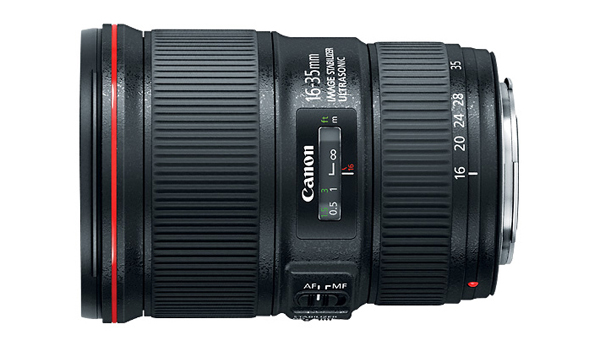
When the MTF charts for this 16-35 f4 surfaced recently, they promised a lens with qualities that exceeded the current lens offerings and the excitement started to build. Could we finally have the ultra-wide that we've been wishing for?
Now before I get started with my review, there are a couple of things that I would like to point out…..
1: This is not a highly technical review. There are no MTF chart comparisons, there are no mouse-over comparisons with previous lenses. This review is simply about me plugging the lens on the front of my camera and talking pics.
2: The camera used to test this lens is a Sony a7r and the lens is connected via a Metabones EF Mk III adapter. The Sony uses a high resolution 36mp sensor with no AA filter and 36mp is demanding on lenses to say the least! We've shelved what was good performing Nikon glass, in favour of Zeiss when Bernie started shooting the 36mp D800E…. so 36mp has a way of pointing out the previously unseen flaws in some lenses.
First up… What do I want from an UWA lens?
Well just in case you haven't noticed, we shoot landscape images around here at AustralianLight, so naturally detail & sharpness across the entire frame tops my list. If I was a portrait shooter, soft corners would often add character and mood to my images, but this does not hold true for landscapes. Detail from edge to edge and corner to corner and then some is what I like to see.
You must remember, our landscapes are generally printed at sizes that range from 1 to 2m wide, so starting with a sharp detailed image is absolutely paramount… this means that we tend to be just a little picky.
What do I want from the zoom?
In a word, versatility! Landscape work involves a lot of trekking, cameras and lenses are heavy and I'm not getting any younger. If this lens can provide me with the UWA that I am after AND remove the need to carry one of my other lenses as well, then it's a double win! So I'm not only interested in how this lens performs at the wide end, but I also want it to perform well at the 35 end and everywhere in between.
So how did it go?
Well I mentioned from the outset that this is a "Review In Progress". That's because I don't believe that you can learn a lens' characteristics in just a day or two. It takes time to discover how a zoom handles at different focal lengths and subject distances. It also takes time to become accustomed to shooting at those focal lengths and seeing your compositions from new perspectives. This review will be in progress for quite a while as I shoot and grow creatively with this lens.
OK let's cut to the chase. My first impressions…
Image Contrast: Excellent
Flare Control: Very Good
Star Burst Pattern: Tis a very nice!
Chromatic Aberration: Very little.
Fringing: A little red fringing at far edges. Easily controlled or fixed in post production.
Image Sharpness (Centre): Excellent
Image Sharpness (Corners): Excellent
Image Sharpness (Edge): Umm… Not excellent. Not bad. Somewhere in between. More testing required.
The following images are samples from camera JPG. They've not been shot to win awards, they have simply been shot to show how this lens performs (plus the darn cows would not leave me alone and they made it impossible to shoot a gallery image). Processing these from RAW would allow for some improvement IMO, but I think images direct from the camera would give readers a far better understanding of what can be expected, rather than having to wonder how much image quality is reliant of post production.
The Barn: 16mm f11 Full Frame showing star burst flare.... I like it !
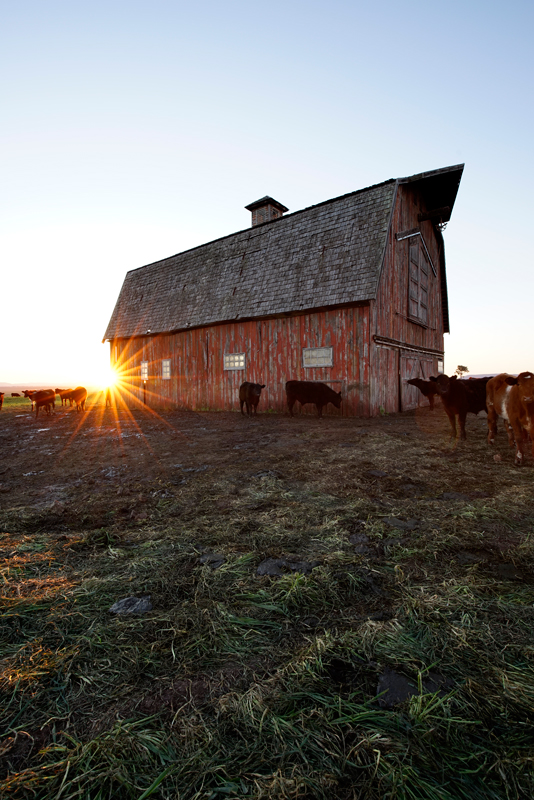
Corner Crop @100% from the above image:
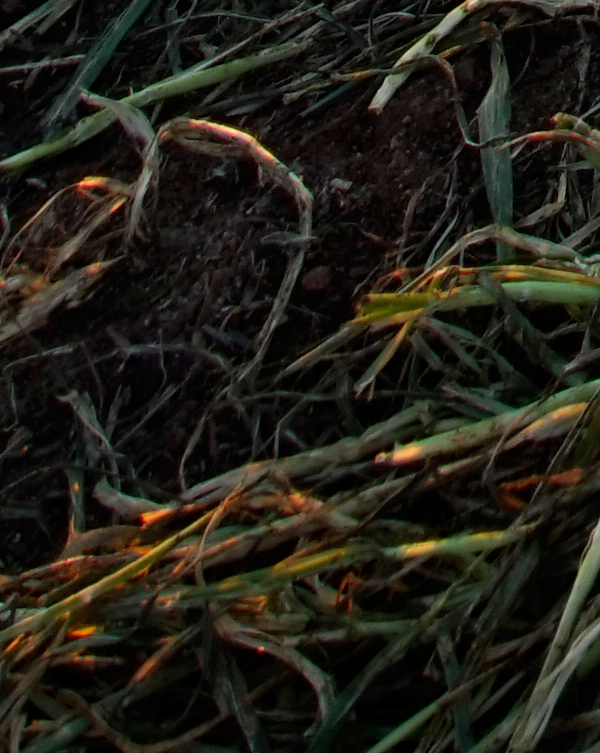
Please note: This is the very extreme bottom left corner & the image was focused on the Barn. So effectively we are relying on Depth of Field to pull this area into focus. Image sharpness improves greatly just outside of this cropped area as seen in this larger crop available here. This is impressive for relying on DoF to pull such close subject corner into sharpness. A closer focused image with even better results has been linked below.
Centre Crop @100% from the above image:
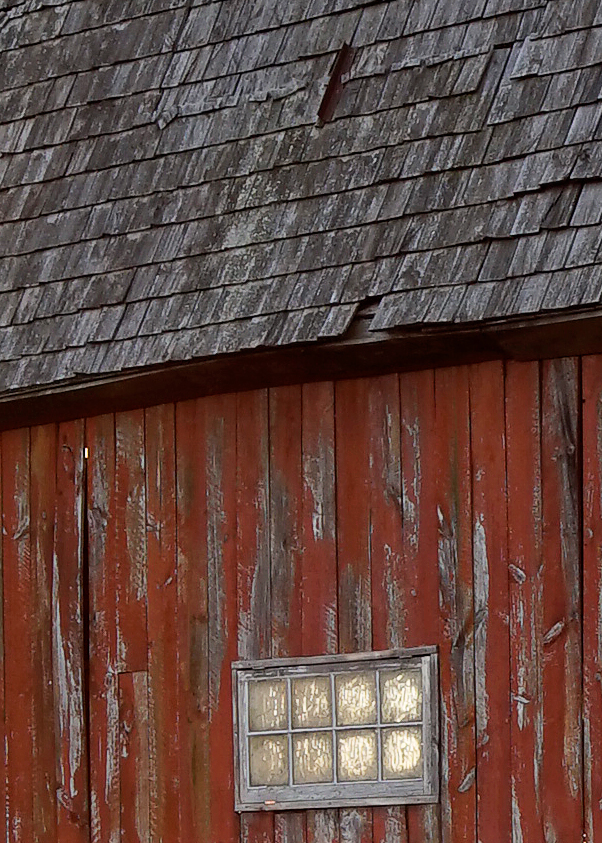
Nothing wrong with this. Remember, this is from camera JPG.
The Barn 2: 16mm f11 Full Frame landscape orientation (focus on white cow):
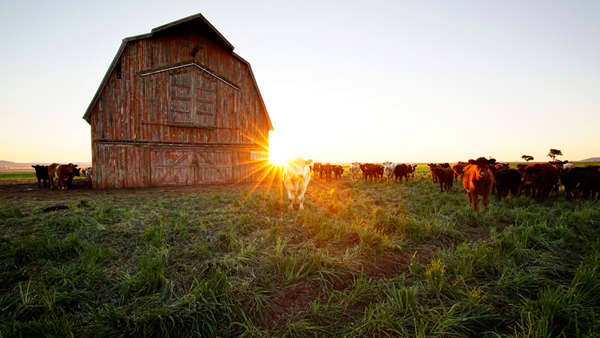
Again, I like that starburst!
100% crop from extreme edge of above image:
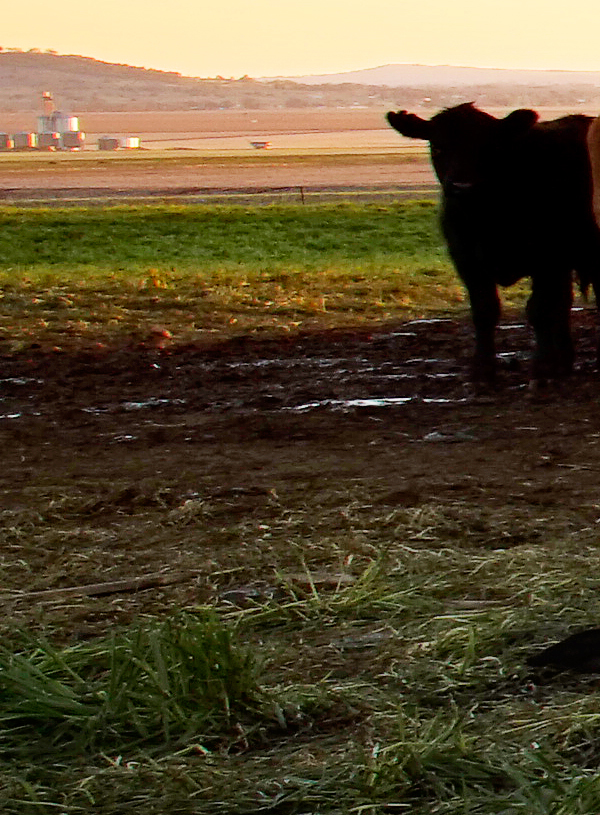
This is where I feel things could be better, as the IQ starts to fall off and a bit of fringing creeps in. (That said, fringing can be controlled in RAW conversion and falloff sharpening can be applied) I found some images better than others in this regard and as I mentioned earlier, this will be an ongoing review, so will investigate this more to see if there is a prime shooting configuration (f#/focus distance etc) that will give a consistent improvement. (...btw, ignore the cows. This was 1/10th sec exposure and they were moving)
To see how quickly the edge improves, please visit the larger edge crop available here.
Now before I go to shoot this lens some more, I did promise you a corner crop where focus was much closer to the camera. As you will see by the frost detail clearly visible on the grass , there is nothing to complain about with the close corner performance of this lens. (Click for Image)
Please come back and visit this blog often, as I will continue to update this review as I gather more images with this lens. In particular, I will be looking at wider apertures and longer focal lengths. I will also be testing this lens on my Canon 6D for AF focus speed and accuracy.
Cheers, Russell
UPDATE 1:
Another test image to look at a real world print / enlargement scenario.
Full width of frame, cropped to 617 panoramic aspect ratio (though centre of frame):
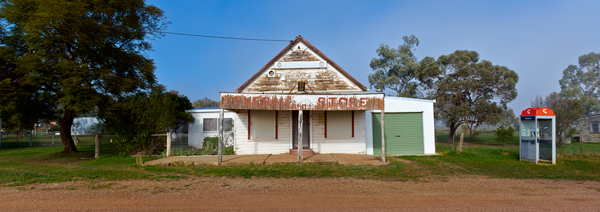
The following images have been cropped from a 60 inch (just over 1.5m wide) enlargement and have been presented at "print size" on screen. So imagine, stepping back and viewing these samples from a distance that you would view the entire 60 inch image from...
Centre Of Frame:
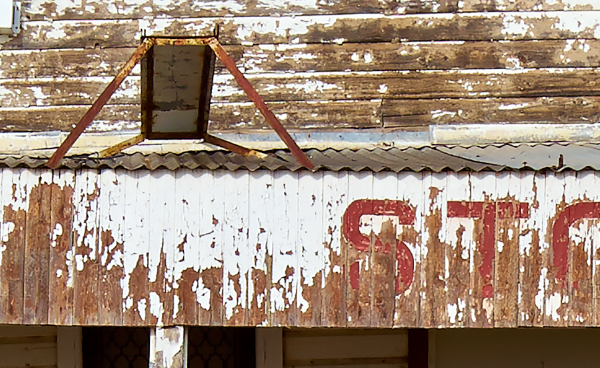
I should note that experience has shown me "on screen" views tend to be a bit "warts and all", as the images always look better in print. Would this look good in print? I think yes, definitely! A larger section sample of this image can be seen here.
Far Right Of Frame:
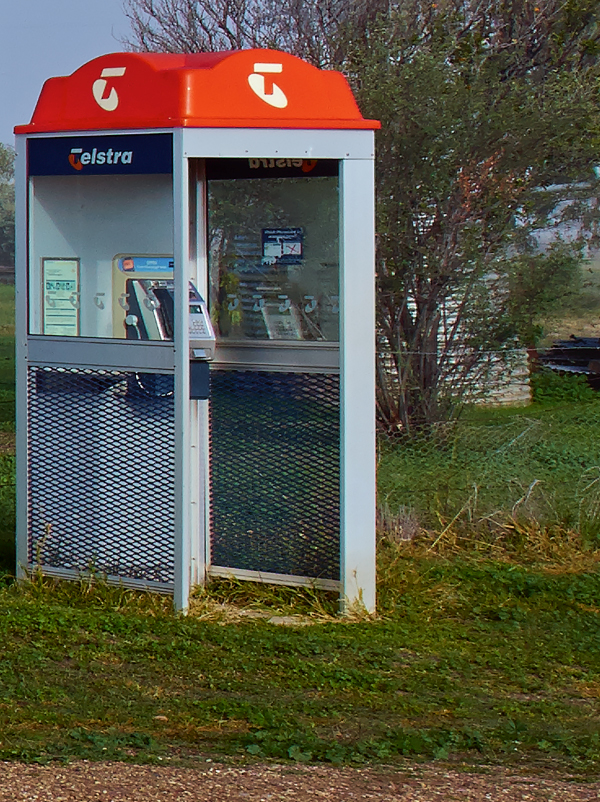
Not quite as good as the centre, but still very good and a vast improvment over previous model lenses @ 16mm. Let's also not forget that this is from the 36mp sensor of the Sony a7r! I would suggest that this would also look good in print.
A larger section that includes the very edge of frame can be seen here.
Opinion: Well so far this lens is looking like useful bit of kit. Will it match the image quality from a multi-image stitch from a longer lens? Of course not, but there are times when stitching is problematic or near on impossible (ie Seascapes & other moving subjects) and in these cases this lens will allow wide FoV shots in a single frame. Very handy indeed!
Update 2:
I conducted some more testing last night and have made the following Full Resolution image available for download. This image was processed from RAW and correction has been applied for curvilinear distortion (ie straighten the horizon). Please do not use this image for any purpose other than evaluation of the lens.
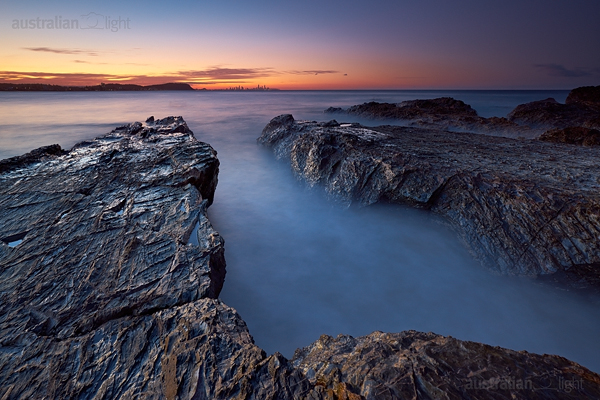
Download full resolution file here (Warning: 10mb Level 10 JPG)
Update 3:
Another image sample for you. I think the vertical format is where this lens really shines. The close foreground and high distant sky seem to alleviate any need for my concern I have for the slightly underperforming edges. At f11 the foreground corners are sharp & detailed, as are the distant buildings in the background.
The vertical format at 16mm alone makes this lens a must have in my kit. The only other Canon lens that would match it, is the 17 TS-E II in my opinion.
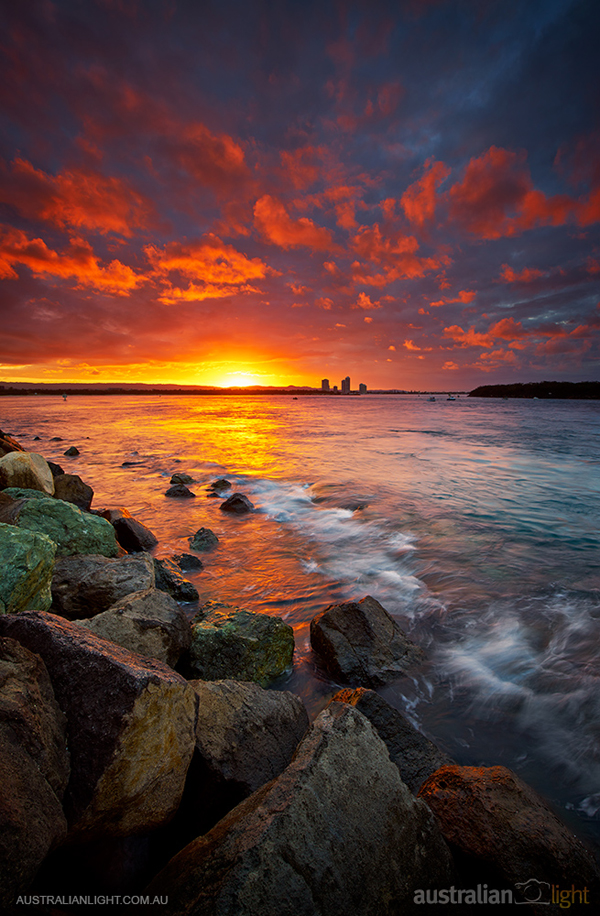
The following samples are 100% crops from the full size image. Once again, let's not forget that these are from a 36mp sensor and viewing them at 100% on screen, is akin to viewing a HUGE poster print on the wall.
Foreground:
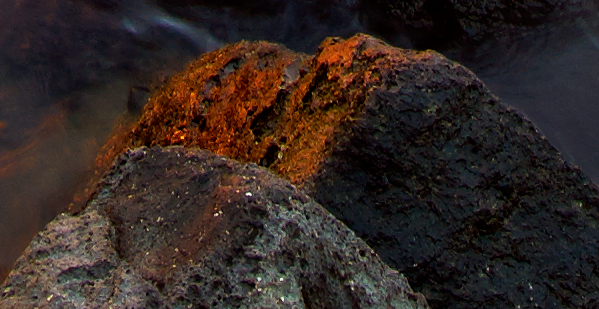
Background:
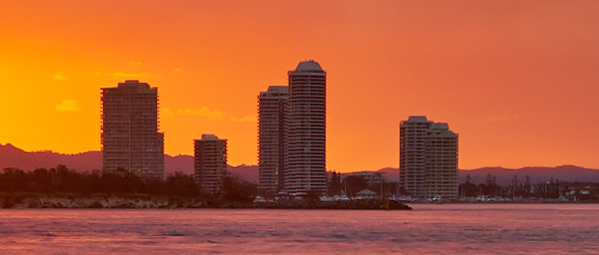
One word: "Impressive" :)
Update 4:
So I have been using this lens for a while now and I have to admit that I have been grabbing it before I grab the 24 TS-E quite a lot. The TS-E is still the better lens for sure, but I love the look of ultra-wide 16mm vertical images and this is where this lens really comes into it's own!
See: 'The Reward' in our gallery for my latest example to date.




Comments & Feedback